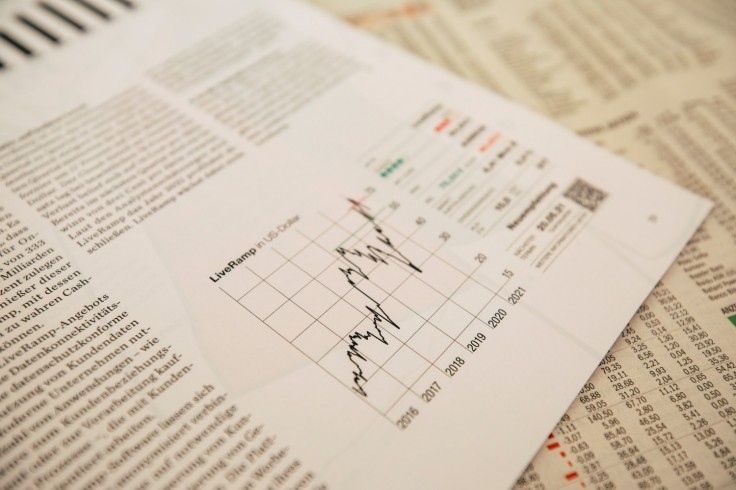
The collection of data plays a vital role in any research project as it directly impacts the reliability and validity of the research findings. Researchers must ensure that the data they gather is precise, consistent, and dependable in order to draw conclusions and make informed decisions. Therefore, it is crucial to implement quality assurance measures during the data collection process. In this blog post, we will explore some recommended practices that researchers can follow to ensure quality assurance in data collection.
1. Preparation of the Data Collection Plan
Before beginning any data collection activities, researchers should develop a plan for collecting the information, and also check the quality of data collection. This plan should clearly outline the research objectives, define the target population, specify which data collection methods will be used, determine the tools and instruments required, and establish a timeline for collecting the data. By planning out this process, researchers can minimize errors, maintain consistency throughout their work, and ensure that the collected data is accurate.
2. Training and Standardization
To uphold standards of data quality, it is essential for researchers to provide training to those responsible for collecting the data. It is crucial that these individuals fully understand both the research objectives and methodologies involved in order to adhere to protocols when gathering information.
To ensure that the individuals responsible for collecting data are well-informed about their duties and adhere to procedures, it is important to provide them with training sessions, manuals, and guidelines. This approach helps minimize errors and maintain consistency across instances of data collection.
3. Pilot Testing
Before carrying out the data collection process, researchers should conduct a pilot test. This involves gathering data from a sample of the target population using the proposed methods and tools for data collection. The purpose of this pilot test is to identify and address any shortcomings in the data collection process. Researchers can assess the clarity and effectiveness of their data collection instruments, identify sources of errors, evaluate the practicality and reliability of their chosen methods, and make any adjustments before proceeding with the actual data collection.
4. Ensuring Data Validity and Reliability
Data validity refers to how the collected data measures and what it is intended to measure. Researchers must ensure that their chosen methods and tools for collecting data are capable of gathering relevant information. To enhance data validity, cross-validation techniques like triangulation can be employed. Triangulation involves using methods or sources for collecting data in order to validate findings.
Reliability pertains to the consistency and stability of the collected data. To improve the accuracy and reliability of data collection, researchers should implement standardized processes. This can be achieved by providing instructions, comprehensive training for data collectors, and utilizing designed data collection tools.
5. Monitoring and Supervision
Researchers should establish a system of monitoring and supervision to maintain the quality of data collection. This includes assessing the progress of data collection, reviewing completed forms, and offering feedback to collectors. Regular supervision enables researchers to identify and address any issues or mistakes that may arise during the data collection process ensuring that the collected data is of quality.
6. Data Cleaning and Validation
Once data collection is complete, researchers need to undertake procedures for cleaning and validating the data. Data cleaning involves checking for errors, inconsistencies, or missing values in the collected information. Researchers should thoroughly examine the dataset to ensure its completeness, accuracy, and appropriate coding. Employing validation methods, such as entry or comparing with sources can further enhance the reliability of the collected information.
7. Data Security and Confidentiality
It is crucial for researchers to prioritize maintaining security measures and confidentiality when handling collected data and to take steps to safeguard the privacy and anonymity of participants. This involves securing storage systems for data utilizing encryption methods and restricting access to information. Researchers should also adhere to guidelines and legal requirements concerning data protection and confidentiality.
8. Documenting the Process of Data Collection
Maintaining a record of the data collection process is essential for ensuring quality assurance and transparency. Researchers should document each step involved in collecting data, including specifics related to training sessions, pilot testing, monitoring, and supervision activities. This documentation can serve as evidence of the implemented quality assurance measures and can be used to validate research findings.
Conclusion
Ensuring quality assurance in data collection is an important aspect of any research study. Researchers need to implement measures that guarantee consistent and reliable collected data. By creating a plan for data collection, providing training for those collecting the data, conducting pilot tests, monitoring and supervising the process, carefully performing thorough cleaning and validation of the collected data, ensuring its security and confidentiality, as well as documenting every step taken during the process. Researchers can enhance the quality of their collected data while strengthening the validity and reliability of their research findings.









